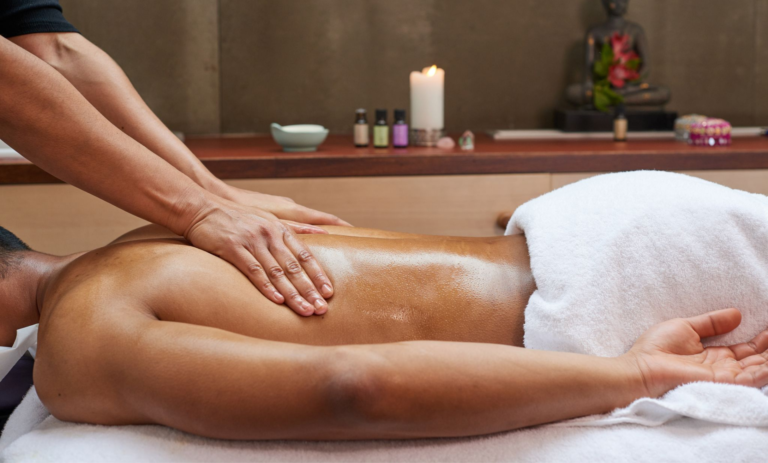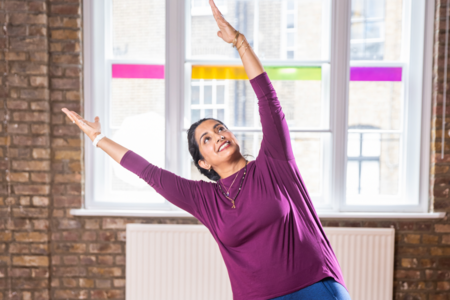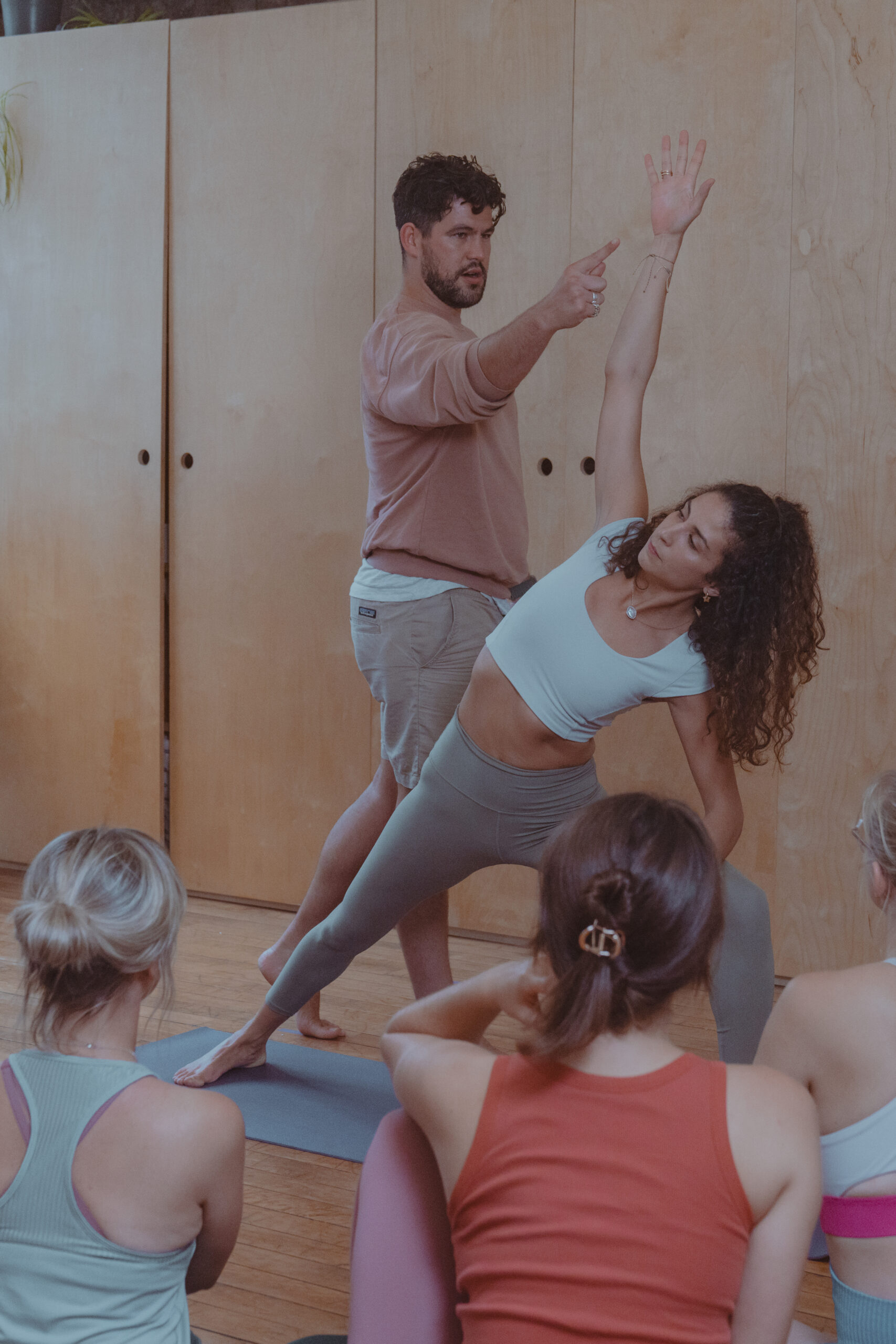The idea that our life energy can be enlivened by the power of touch is not new; it can be traced back through history from the ancient Greeks and Egyptians to the natural healing systems of China and India. Energy work and massage is seeing a resurgence in this modern age, perhaps because we are facing more complex challenges to our health, perhaps also because we are realising that the view of our bodies as separate to our minds is a false one, and we now more than ever need safe places to experience grounding, stillness, and relaxation.
Consciousness is not just in the mind, it is in the body also, and are bodies are energy systems, reacting every second to our thoughts, emotions and environment. To this end, massage is a wonderful antidote to the control- and competition-driven society we have evolved into. Massage allows us to connect to the subtle body and effortlessly restore its vitality. Though we may have come through these trying times with a sense of fear and caution around physical intimacy and touch, we must remember that this is an integral part of our human essence, and a primary need for all ages in staying well.
According to the Ashtanga Hridayam, an ancient Sanskrit text and one of the primary root texts of Ayurveda, massage removes old age and fatigue, strengthens and tones the skin and body, improves the eyesight, and induces sleep. It has been known to help conditions such as arthritis, headaches, insomnia, rheumatism, sciatica, high blood pressure, hair loss, and in India is even believed to help children grow. Ayurvedic massage does this through the use of warm therapeutic oils, some of which contain up to fourteen herbs in their ingredients. In fact the Sanskrit word for oil, sneha, also means love, which speaks to the mutual effect of both love and oil in bringing the body a feeling of warmth, comfort and stability.
Ayurvedic oils have the effect of lubricating the joints, removing dryness, stiffness and inflammation. They also help to bring the doshas (forces that create the body and contribute to our constitutional makeup) into balance with their cooling or heating effect. They encourage the parasympathetic nervous system to become active, thus reducing the release of cortisol and adrenaline and balancing the hormones. Massage is particularly good for those experiencing Vata imbalances such as insomnia, anxiety and depression, because Vata is aggravated by the dry quality, and overthinking. Giving moisture and warmth to the body is grounding, and this is the first step towards calming the mind.
At the core of these ancient Chinese and Indian massage practices is the belief that the body has subtle energy sites where the flow of chi or prana can be tuned and influenced. In Chinese medicine you have the fourteen meridians, and in Indian Ayurvedic massage there are 107 marmas. Marmas are the meeting points where muscles, vessels, ligaments, bones and joints intersect. By applying pressure to these points the flow of energy in the body is activated, and this allows all the systems in the body – the respiratory, the immune, the nervous, the endocrine, circulatory, lymphatic and digestive – to receive rejuvenation and life force. Rubbing and stimulating these seed sites enhances the circulation, producing heat and stimulating the lymph to secrete fluid. Deeper and more relaxed breathing enables the blood to be supplied with more oxygen, whilst more protein, glucose, minerals and antibodies also become available to the blood. Massage is an ancient alchemical process, that affirms the body’s own innate design to heal itself.
So massage is grounding, rejuvenating, clears the channels, detoxifies the tissues, stimulates the digestion, and elimination processes. But it also gives us a pause from the doing mode, to the being mode, where we can process what we are feeling, tune in with our bodies, our senses, and let go of whatever emotional and physical tension has built up. Massage when given with intention and a pure heart should shift our energies to one of gratitude and peacefulness. The laying of hands as practised in faith healing by many religions is not different to the practice of Reiki, which can be a powerful way to shift the frequency of consciousness. Studies of patients receiving Reiki have found that it is capable of changing the autonomic balance toward parasympathetic dominance. It has also been proven to be, in some cases, more effective than a placebo in the management of pain, depression and general wellbeing.
Whilst some may see this idea as quackery and anti-science, there is no denying that humans are primed for touch, “to hear sounds that soothe and comfort. We are shaped for closeness and for intimacy with our surroundings”, writes Jean Leidloff in her classic book The Continuum Concept. Leidloff coined the term “continuum cultures” after spending time with the Yequana, a hunter-gatherer tribe in Venezuela. What she found was that the extended in-arms phase for the Yequana babies gave them a sense of lovableness, and stability, that they carried into adulthood. This physical intimacy with their kin made happiness a normal condition of being alive, as opposed to something to strive for. Similarly in India it is a common practice amongst mothers to regularly massage their babies, as it is thought to increase bone strength, growth and give better sleep and digestion.
We live in a world that systematically interferes with our body’s natural ability to heal itself, where the experience of staying well is often overwhelmed by the fear of getting ill. Massage is a powerful tool, not to be underestimated in its ability to guide us back to sanity, and health.










